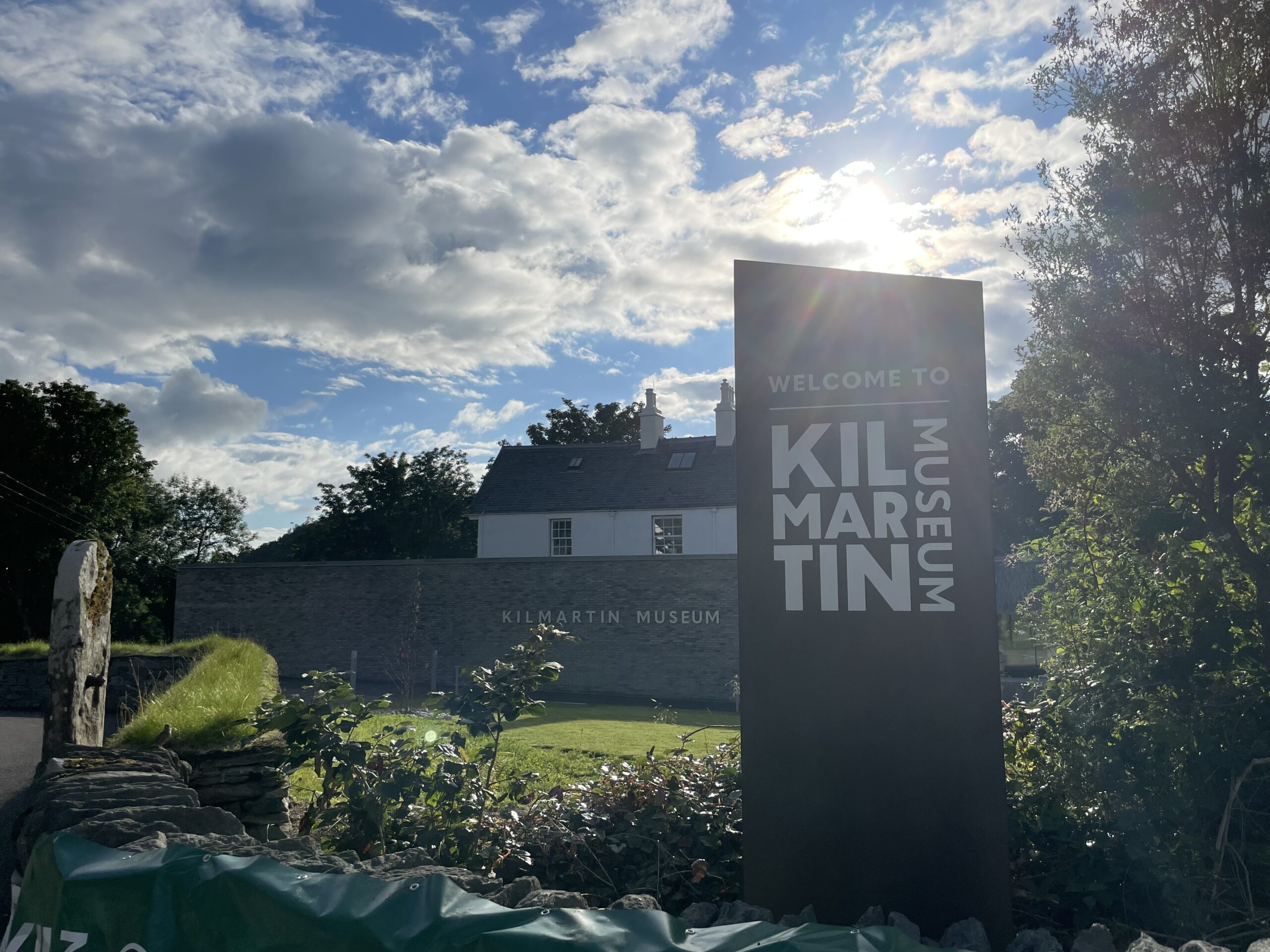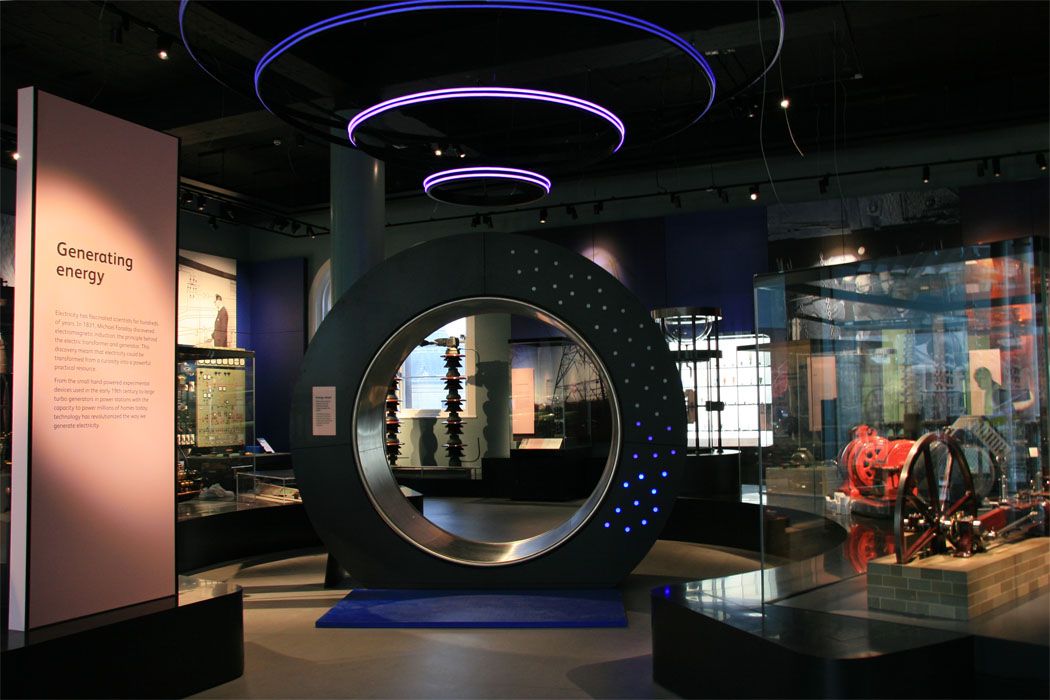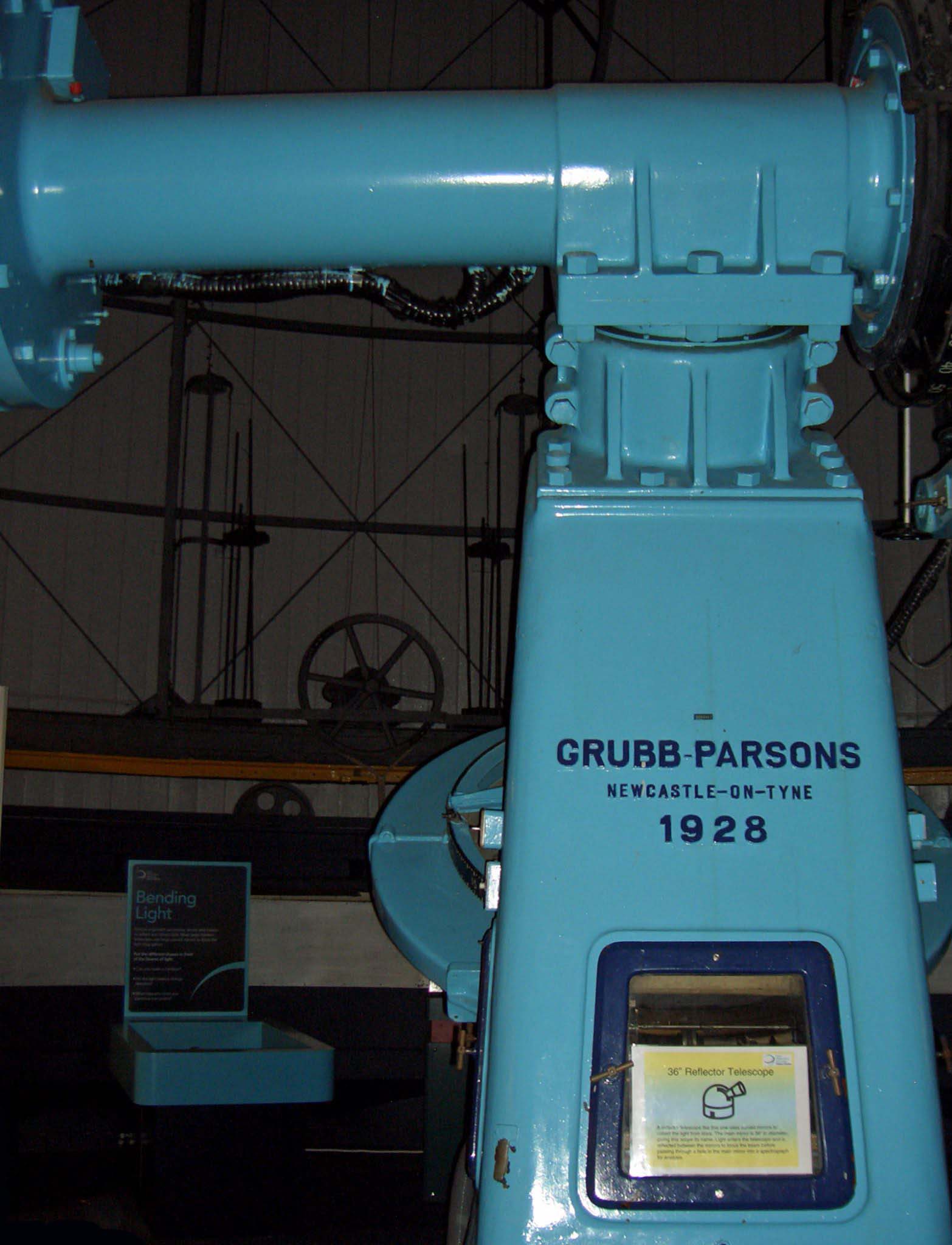Kilmartin Museum
Museums+Heritage Awards 2024 Permanent Exhibition – Highly Commended

Kilmartin Museum re-opened in September 2023 after a major £8m redevelopment. My role on the project as interpretation project manager began in late 2019. I worked closely with the very small core museum team over an eventful four years to develop their interpretive narrative, key messages and content. I helped the client to appoint exhibition designers Studioarc on a design and build contract and acted as the main point of contact between the client and design teams.
The exhibition was shortlisted for best permanent exhibition in the 2024 Museums+Heritage awards and was awarded ‘Highly Commended’.
The Museum’s new visitor experiences offer you the chance to journey back through 12,000 years. The exhibition uses the museum’s Nationally Significant collection, hands-on activities, new illustrations and replicas and audio-visual content to bring our ancestors’ stories to life in bold and captivating ways.


New building
The newly redeveloped museum was designed by architects Reiach and Hall. The new building links two existing buildings; a former manse where the old museum occupied the basement, and a steading where the cafe was (and will be again). The new visitor experience is now wheelchair accessible and offers views from the exhibition to the Glebe Cairn outside where key artefacts were discovered. The building also offers an enhanced welcome and orientation, shop, learning centre, labs and collection store.

Nationally significant collection
The Prehistoric Collection at Kilmartin Museum is a unique collection of fundamental importance to understanding Scotland’s history. Many of the Museum’s objects were discovered or excavated at the Neolithic and Bronze Age sites and monuments in Argyll’s Kilmartin Glen, near to where the Museum building is located. The Museum’s setting in this landscape is important to the display of their collection, near the Upper Largie prehistoric site and overlooking an impressive cemetery of burial cairns.
Family friendly
The museum is a multi-sensory experience for all ages. It includes opportunities to get hands-on spinning fleece, grinding grain, decoding ogham writing and collecting stamps.
There’s also a children’s activity guide for sale in the shop full of activities to do in the gallery, at home and out in the landscape. The book was written and illustrated by the talented duo Abby and Owen.

Managing the interpretation for the new museum has involved working with so many talented companies and individuals. Dr Aaron Watson created brand-new bespoke illustrations bringing to life the Neolithic and Bronze Age. He also created the ‘making things’ videos featuring Dr James Dilley making metal and flint tools, and museum education officer Julia Hamilton making pottery and spinning fleece.
Replica rock art was made for the exhibition using innovative and experimental new techniques by Think See 3D. A facial reconstruction was created by Oscar Nilsson in Sweden based on the skull of a woman buried at Upper Largie in Kilmartin Glen about 4,000 years ago. The immersive, evocative audio-visual was created by Bright Side Studios and features sound by Pippa Murphy.
It was a fantastic experience to work with all these and more (mount makers, lighting designers, joiners, artists and Gaelic language experts) and to manage the project on behalf of such a fantastic museum in such a magical place.
































































